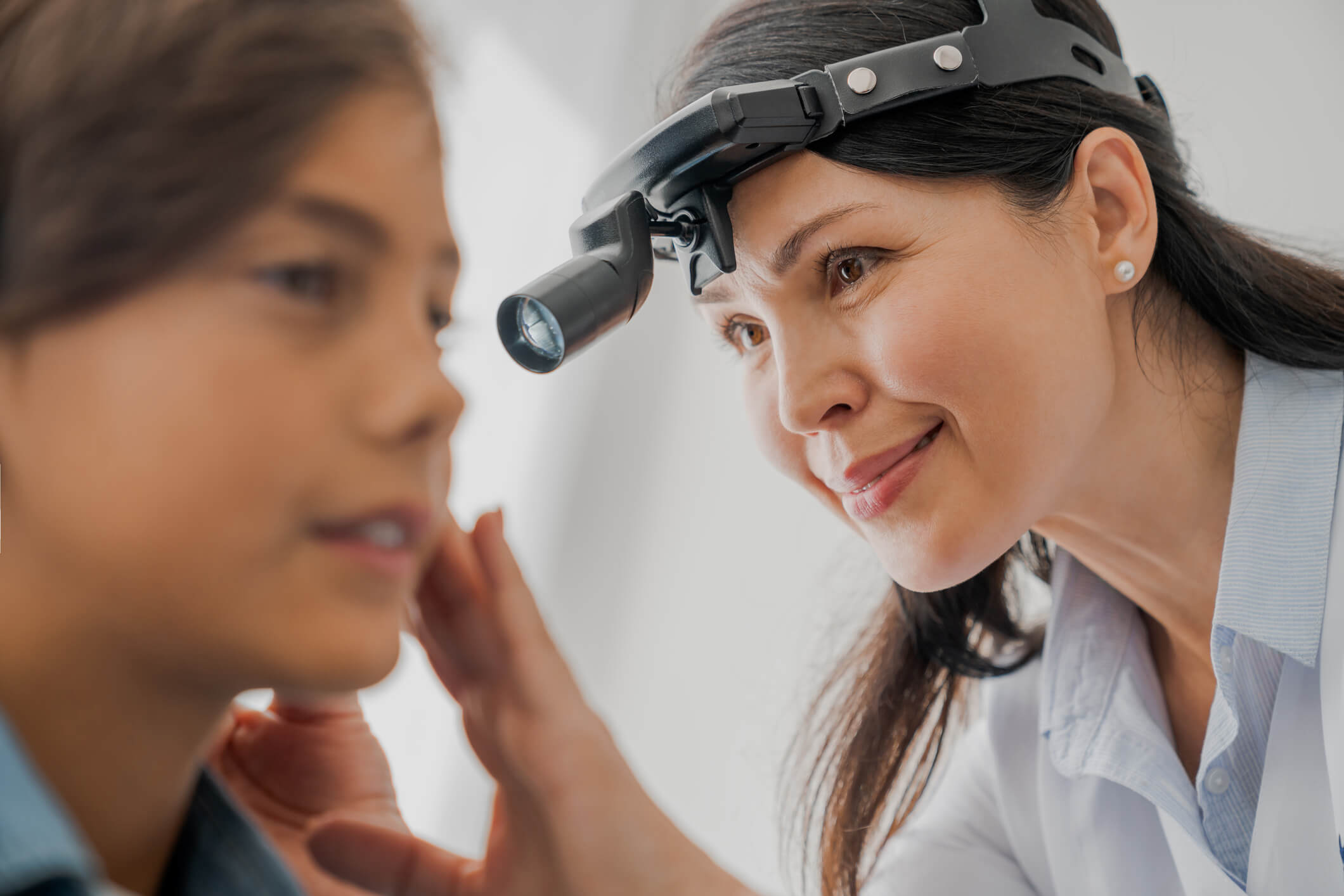What Happens During a Hearing Test?
Your hearing is an important part of your overall health. Because hearing loss is often related to other health issues, we’ll begin by reviewing recent changes to your health. We’ll also ask a number of questions about where you notice you are struggling to hear. Your answers will provide clues as to what kind of hearing loss you’re experiencing and how to best treat it.
We’ll also take a look in your ears to make sure there isn’t any ear wax blocking the canal and to look for signs of infection. Depending on what this initial hearing evaluation uncovers we may opt to do additional hearing tests.
Audiometric Hearing Test
Can you hear sounds, but have trouble making out what people are saying? This hearing test will determine how well you hear different tones and how well you’re able to hear words. We’ll say words that are commonly misunderstood and ask you to repeat them. The results of this test show your hearing loss as a percentage and is a good indication of whether hearing aids will work for you.
Tympanometry Hearing Test
This hearing test will gently change the ear pressure to check how well your middle ear is functioning. If your eardrum is able to move freely and the conduction of bones appear to be normal it’s a sign that your hearing loss is not caused by things like an infection, congestion, or an obstruction
Otoacoustic Emission Testing (OAEs)
While tympanometry evaluates the middle ear, OAEs measure how well the inner ear is working. You’ll listen to a variety of sounds, and the test will measure how the inner ear responds to those sounds.

